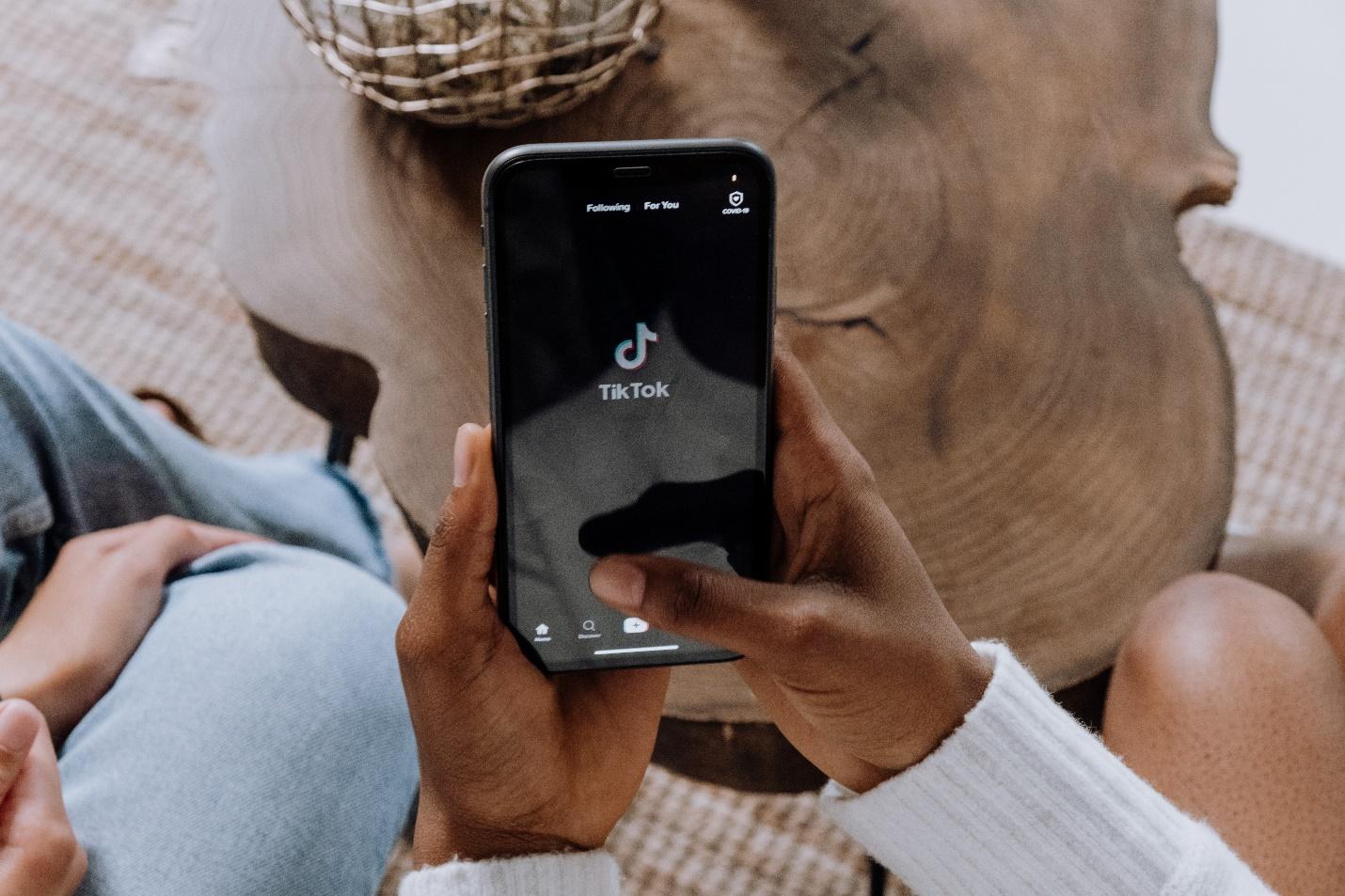2021 was the year of rapid change. The Covid-19 pandemic has completely redefined the way B2B and B2C businesses operate as the world was forced to go online. Now that we’re almost halfway through 2022, we have compiled a list of what you can expect in terms of digital marketing trends. Read on to be prepared for upcoming challenges and opportunities.
How Digital Marketing Has Been Shaped
In this era of ever-changing trends, the idea of digital marketing has irrevocably seeped into the very roots of the business world. The information pool has become practically endless, making it a double-edged sword; It is easier to access information, yet equally difficult to make decisions.
The last decade has seen a rapid influx of technological changes, forcing people to adapt to them quickly. Digital marketing has had to undergo several transformations over the years to get to where it is now. Listed below are some factors that influenced digital marketing trends over the years.
Social Media
Social media used to be a place for connecting with friends and family. While this was simple enough in the past, it has evolved to become something else entirely. Now it is a platform for branding yourself, whether you are a multi-million-dollar business or a regular Joe. Pretty much anyone can become an influencer and get paid to endorse various products and services to their followers.
Social media gave us the power to influence real-time events. A small group of people can spark protests in their country and affect elections. A single person can even have a huge effect on a business’s sales.
Search Engine Optimization
Gone are the days when keywords could be stuffed in your content to get a higher ranking on Google’s SERPs. The Panda update in 2011 allowed Google to define Black Hat SEO techniques. Content that provided value to the audience was encouraged. SEO became all about creating the best content.
Google continuously changes its algorithm, making marketers and companies avoid black hat SEO tactics. Google’s Pigeon update in 2014 made room for website optimization for better ranking.
Gen-Z and Mobile Devices
In the last quarter of 2021, 54% of global website traffic was generated from mobile devices, not counting tablets. Google started prioritizing mobile-optimized websites in 2018 by deploying mobile-first indexing.
When considering digital marketing in 2022, it is important to note that the people now entering the market and the workforce belong to Generation Z; hence these are the ones that businesses should target. Gen-Z is also the mobile-first generation, thereby increasing their value as the target audience.
What to Expect in 2022
Experts predict several changes and transformations in digital marketing for this year. Following are some of the digital marketing trends you need to keep an eye out for in 2022.
Content Marketing and Website Design Optimization
Content is one of the best ways to interact and engage with an online audience. Content marketing has seen explosive growth as businesses began to realize the vast, untapped potential behind it. Effective content marketing can strengthen your brand and increase its visibility at a minimal cost.
In this age, Generation Z is the main audience that brands target, accounting for almost 40 percent of consumer shopping. This generation prefers viewing personalized content. For effective digital marketing in 2022, businesses need to be focused on creating mobile-optimized websites. Most of Generation Z’s time spent on the internet is from mobile devices. Websites need to be optimized to be loaded faster otherwise people are prone to switching to another site instead of waiting for the site to load.
In contrast to traditional, old-school marketing, where the focus was on selling, the new marketing approach focuses on creating value for the customers. Brands are always trying to establish a relationship with their audiences especially for digital marketing in 2022. This is achieved through a variety of methods like sharing customers’ stories and experiences. All this comes under content marketing and gives credibility and trust to the brand.
Content marketing will continue to play a vital role in digital marketing in 2022. Brands will adopt various methods to target Gen-Z like video marketing, podcasts, and creating shoppable links for customers to access their inventory directly. Many brands will continue to hire individual content creators and influencers to advertise their products and services.
Growing Popularity of TikTok
Perhaps one of the most surprising digital marketing trends in recent years is the growing popularity of TikTok. In 2022, TikTok users are expected to be 1.5 billion. The United States alone has 131 million active TikTok users who are aged 18 and above, while an average American typically spends approximately 850 hours per month on TikTok.
TikTok gives an excellent opportunity to businesses and individuals to make viral videos. Since digital marketing is mostly about getting as many engagements as possible, TikTok is a dominant player in the social media market.
Looking at it from the perspective of revenue generation, TikTok generated more than $110 million in revenue in 2021, making it the top-earning, non-game app of the last year. TikTok is widely populated by influencers, allowing them to earn a lot from various sponsorship deals.
Initially, TikTok was considered to be a casual, fun app designed mostly for kids, but that is no longer the case. Celebrities like Gordan Ramsay and Rod Stewart use TikTok regularly and have a huge following, making brands shift their focus from Facebook and Instagram audiences to TikTok users. Digital marketing in 2022 will see lots of brands using TikTok for their marketing strategies.
YouTube Advertising and Video Marketing
The importance of YouTube in digital marketing can never be underestimated. YouTube’s global revenue in 2021 was almost $29 billion, a 46 percent increase from 2020. In many aspects, YouTube is on the same level as Netflix.
There is a huge potential for growth in YouTube being used for digital marketing. The Cost Per View (CPV) is extremely low, and the platform hasn’t been fully utilized by the big brands.
Search Engine Optimization (SEO)
SEO are always lingering in the back of every digital marketer’s mind. Digital marketing in 2022 will have long-form content published more often. Content having 1000 words or more have a higher potential of generating more traffic as compared to short-form content. Needless to say, brands will have to make sure the content is engaging their audience throughout.
With the evolution of Google’s Natural Language Processing (NLP) technology, keyword usage isn’t as simple as it once was. Keyword clustering is an advanced strategy that is effective in ranking your website higher on Google’s SERPs. In this tactic, multiple keywords having the same search intent are targeted on the web pages and other forms of content.
Rise in Automation
One of the foremost digital marketing trends is the increase in automation. Automation has been steadily rising in its usage for many years. The advent of chatbots and other customer-centric technologies was a revolution in digital marketing. More and more businesses are focusing on automating their customer interactions.
In 2021, 67% of consumers around the world interacted with chatbots. Similarly, chatbot interactions among white-collar workers will reach 70% in 2022. These numbers clearly state how automation will be a huge trend in the near future.
Automation in digital marketing in 2022 will have a lot of versatility. Marketers will integrate artificial intelligence with many of their business processes involving customer interaction. Artificial intelligence will be used to send personalized emails and customer-driven content to their audience. Data about their audience will be gathered from analyzing their browsing history to identify what appeals to the customers.
Metaverse
The Covid-19 pandemic allowed for increased online connectivity throughout the world. Several applications like Zoom, Whatsapp, and Google Meet became top-trending apps as they proved invaluable in organizing events and meetings. But with the introduction of the Metaverse, things have been taken several notches higher.
Essentially, Metaverse is an amalgamation of virtual reality (VR) and augmented reality (AR). People will potentially live in a simulated world that would be quite different from reality yet heavily inspired by it.
Broadly speaking, Metaverse’s driving motivation behind it is enhancing user experience. For digital marketing in 2022, businesses should focus on the same concept and bring as much value to the consumer experience as possible. Metaverse promises to provide several new opportunities to interact with individuals and brands in a way that isn’t available in our reality.
Disney has already started hiring leading Metaverse experts in an attempt to bridge the gap between the physical and digital world. As Disney focuses on story-building as its core function, Metaverse will remove the difficulty barriers and challenges of storytelling, allowing for a superb storytelling experience.
Rise of Digital Gig Economy
There has been a noticeable shift towards having a “gig” lifestyle. Gig workers are independent contract-based workers who enter into a formal agreement with a company and work for a specific period of time by providing their services to the company and its clients. The new generation is gearing more towards being gig workers rather than going for the typical 9-5 job. According to a report, there are an estimated 40 million gig workers in the US. The report also predicts more than half of the American workforce will shift toward becoming independent by 2024.
In terms of digital marketing in 2022, many marketers are opting to go for gig economy because of several benefits. Gig economy offers digital marketing professionals the ability to work flexible hours and retain more control and independence. Many independent digital marketers earn significantly more in this gig economy as compared to a traditional job.
Artificial Intelligence and Privacy
The ever-growing concern about privacy breaches will remain relevant as long as people opt to share their information with brands. Artificial intelligence is able to gather a large amount of data about people without them being aware. This is done via search engine algorithms. The developments in technology will enable artificial intelligence to even breach privacy and collect personal information.
A Gartner study shows that the use of artificial intelligence in privacy compliance technology will increase by 40% in 2023. By 2022, almost $8 billion of global spending will be on privacy.
For digital marketing in 2022, companies are expected to address the public’s concerns about privacy breaches. Many organizations will launch several data privacy initiatives where they will use artificial intelligence to filter out and classify sensitive data. Those individuals that have opted to have their information removed can be identified.
Non-Fungible Tokens (NFTs)
Blockchain technologies have been making news several times over the past years. The way blockchain works is that it stores data using peer-to-peer networks. This functionality has allowed blockchain technology to be used in cryptocurrencies. The most popular cryptocurrencies are Bitcoin and Ethereum; however, there is a new cryptocurrency that is becoming increasingly popular, Non-Fungible Tokens (NFTs).
The potential behind NFTs for digital marketing in 2022 is staggering. As part of the Metaverse, many businesses and brands are shifting towards using NFTs to link their audience to various communities. They are also using NFTs as a type of digital badge.
One example of how NFTs are so important is the collaboration of Adidas and Prada. Both brands launched an art project together which invited artists to make their contributions on a tiled canvas. That tiled canvas will be transformed into an NFT and sold to buyers.
Sustainability and Going Green
The Dubai Expo 2020 made headlines all over the world and brought the concept of sustainability and green initiatives into sharp focus. An increasing number of individuals and brands are starting to adopt green initiatives and practices.
However, there is a term “greenwashing,” which is being encountered here and there. Greenwashing refers to companies using their marketing and PR tactics to falsely present themselves and their products and services as environmentally friendly.
A prime example of greenwashing is Ikea. Ikea was known to be sustainable through and through, yet in 2020, they were accused of illegal logging in Ukraine and Siberia. It is a sad reality that there are several other brands that are involved in greenwashing.
As the mass public is becoming more and more concerned about green solutions, they are demanding a high level of transparency and accountability from the brands regarding their materials. It is important to mention that the growing focus on green initiatives isn’t driven by government legislation and laws but rather by consumers’ demands.
Similarly, the fashion industry has been particularly targeted by audiences to adopt green initiatives. According to these statistics, online secondhand clothing is growing 21 times faster than through the retail sector. Digital marketing in 2022 will have a greater focus on sustainability and green solutions, with brands becoming more accountable to the general public.
Conclusion
The year 2022 promises to be a challenging one for digital marketers, and there is no room for slacking as brands simply can’t afford to experience a dip in performance. The digital marketing trends mentioned above are some of the most prominent ones that experts have talked about.
From Metaverse to YouTube to content, digital marketing in 2022 will provide ample opportunities for brands as well as individuals to increase their engagement and generate revenue.
- A Step-By-Step Guide to Designing a Mobile-Friendly Website - November 11, 2024
- How Content Marketing Enhances Your Website’s SEO Performance - November 11, 2024
- How to Pick the Perfect Color Scheme for Your Website Design - November 11, 2024








